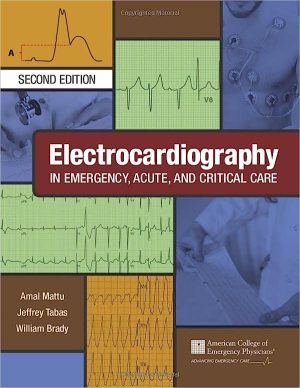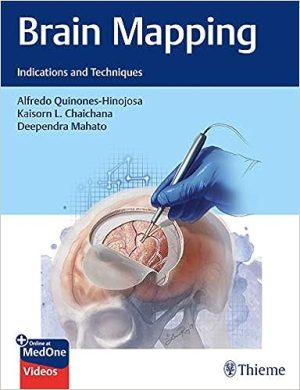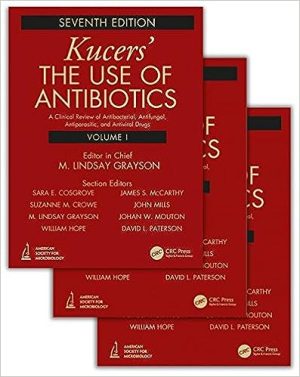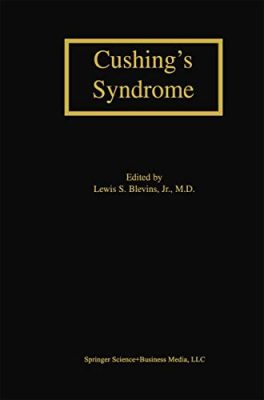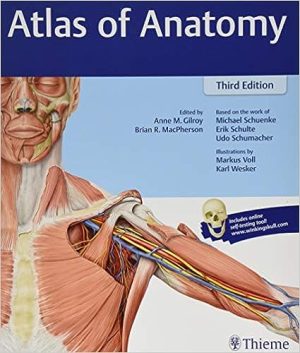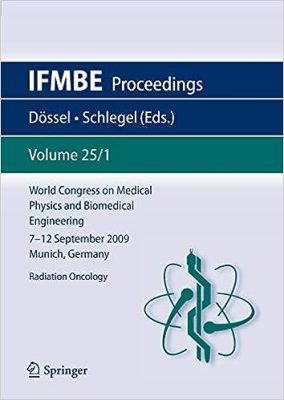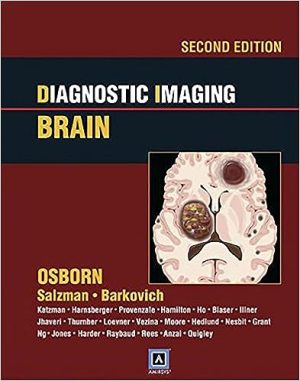A History of Haematology: From Herodotus to HIV (Oxford Medical Histories) 1st Edition
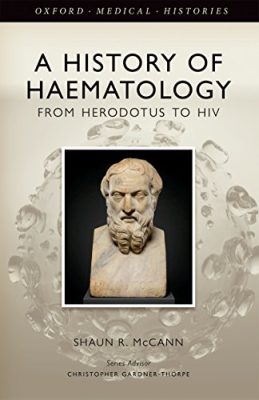
Blood has long been an object of intrigue for many of the world’s philosophers and physicians, and references to it have existed since the earliest studies of human anatomy. Herodotus of Halicarnassus, whose writings 500 years before the birth of Christ drew on stories collected during his widespread travels, was amongst the first to identify the ritualistic and medical significance of blood. However, despite this long established history, haematology as a medical
specialty is relatively new.
A History of Haematology: From Herodotus to HIV traces the history of haematology from biblical times to the present, discussing the major defining discoveries in the specialty, ranging from war as a catalyst for the development of new techniques in blood transfusion, to the medical response to the HIV/AIDS epidemic.
In this beautifully illustrated and passionately rendered history of the field of haematology, Professor Shaun McCann traces the remarkable developments within haematology and the work of the scientists and pioneers central to these advances. This engaging and authoritative history will appeal to a wide audience including haematologists, nurses and other health care workers in haematology, as well as medical students, and general physicians with an interest in haematology.









